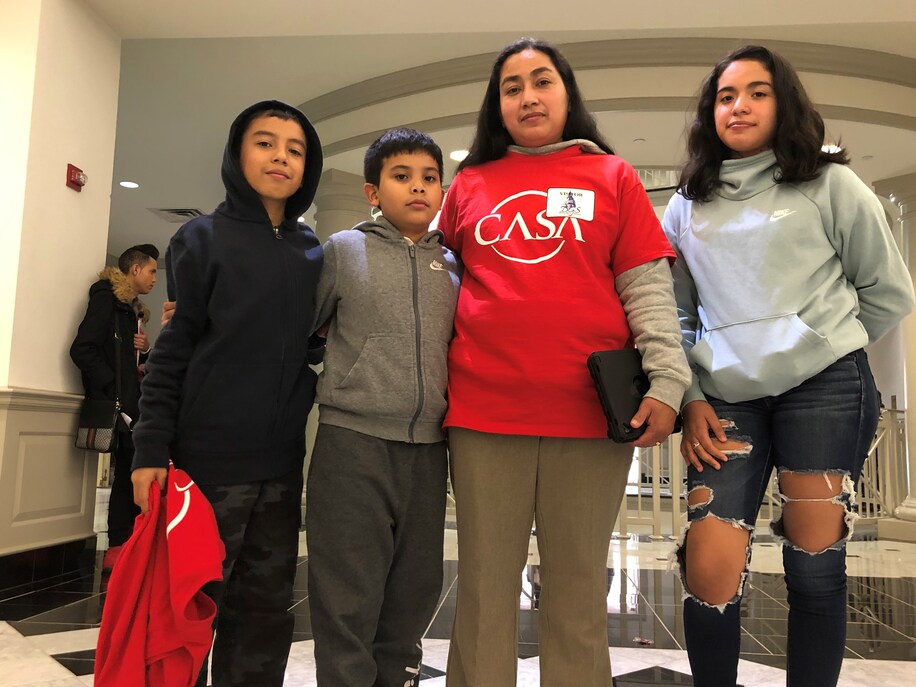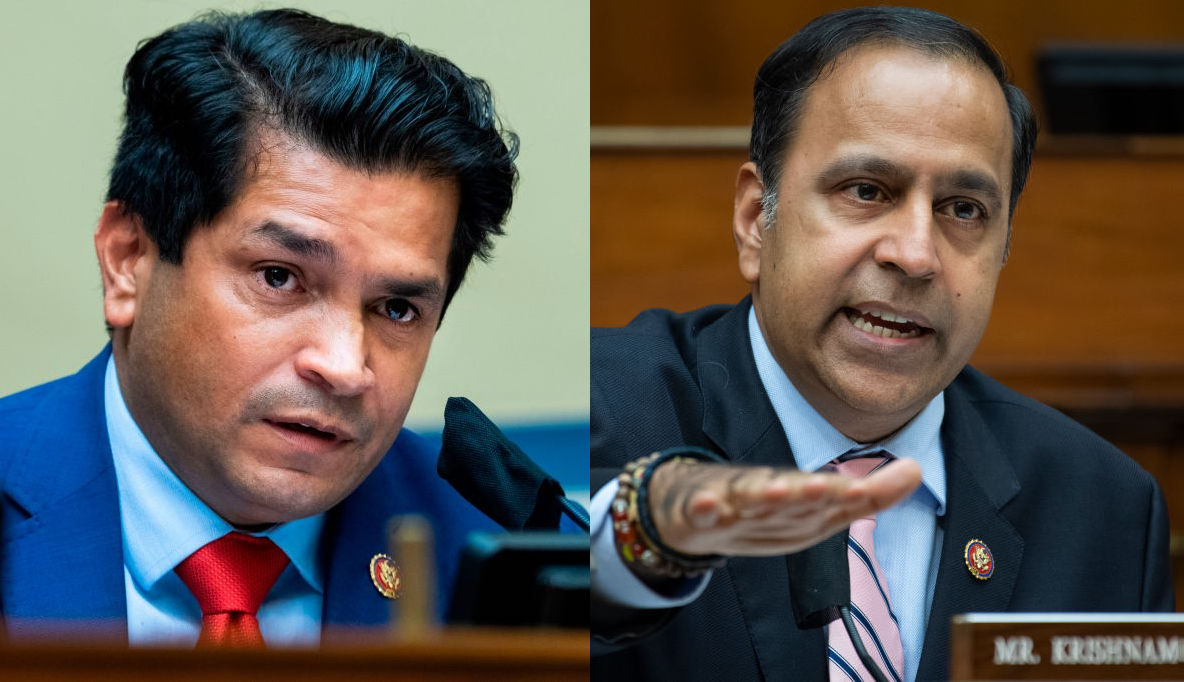1. ICE should end all dragnet surveillance programs.
ICE agents have run or obtained face recognition searches on the faces of at least 1 in 3 adults. They have hired a company that tracks vehicle movements of the residents of America’s 50 largest cities—a majority of the U.S. population. They have hired another company to give them the utilities records of a majority of the U.S. population.
Run in secret, even to the most senior members of Congress charged with conducting oversight of the agency, those actions undermine even basic notions of balance of powers, corrode public trust and fly in the face of the Fourth Amendment.
All of ICE’s surveillance programs should be placed under piercing scrutiny. However, ICE should immediately terminate all dragnet surveillance programs—both ICE-led and obtained from data brokers—that indiscriminately collect data on as many people in the U.S. as possible. Programs that ought to be characterized as this type of especially problematic dragnet surveillance include at least (1) the practice of scanning driver’s license photos for immigration enforcement purposes; (2) the bulk collection of address information and other records from DMVs and utility companies; and (3) the bulk collection of license plate photos capturing the movement of drivers in major U.S. metropolitan areas; the purchase of bulk data sets containing any of the above information from corporate data brokers.
2. ICE should stop using face recognition for immigration enforcement.
In May 2020, ICE issued a Privacy Impact Assessment asserting that “Enforcement and Removal Operations (ERO) will not use and HSI will not support ERO in using [face recognition systems] solely in furtherance of civil immigration enforcement.” This statement would appear to still allow ICE to use face recognition to freely target roughly 4 in 10 undocumented people who entered the country without inspection or any other immigrant who was alleged to be involved in any other crime, however minor. Those offenses would justify scans of the faces of millions of Americans, native- and foreign-born, documented and undocumented alike.
In 2021, face recognition algorithms have been found to be rife with race and gender bias—by the federal government itself. They have been used in ways that obviously violate basic principles of privacy and due process. They have resulted in the wrongful arrests or accusations of several people without legal basis, many of whom were people of color. ICE should not use that tool for any kind of immigration enforcement.
3. ICE should stop exploiting people’s need for water, heat, electricity, phone or internet to target them for deportation.
There is now a broad body of evidence-based, peer-reviewed research showing that immigrants avoid basic services like health care, not just for fear that they will be arrested on-site but also because they fear their data will be shared with the federal government and that their information will be held in government systems.
People need heat, water and electricity to survive. They need the internet and phone lines to maintain their livelihoods and connect with their communities. Yet we now know that nearly 200 million adults have had their addresses and other information shared with ICE as a result of their opening accounts for water, gas, electric, phone or internet service. DHS should immediately issue a clear prohibition against the use of this data in immigration enforcement.
4. ICE should disclose surveillance investments and programs to members of Congress and key state officials.
The chairs of key congressional committees have learned of vast ICE surveillance programs from the newspaper. So have state legislators, who are responsible for authorizing and voting to finance many of the state databases that ICE uses. One in 3 adults have had their faces scanned by or at the request of ICE—all without their knowledge.
This is not acceptable. It is also incompatible with basic principles of democratic governance. At a bare minimum, ICE should regularly brief the members and staffs of key congressional oversight committees and subcommittees, including:
- the Senate Homeland Security & Government Affairs Committee;
- the Senate Judiciary Committee, including the Subcommittee on Immigration, Citizenship & Border Security and the Subcommittee on Privacy, Technology & the Law;
- the House Homeland Security Committee;
- the House Judiciary Committee, including the Subcommittee on Immigration & Citizenship; and
- the House Committee on Oversight & Reform.
ICE should also brief the governors and key legislators in states where ICE is conducting surveillance. ICE commonly notifies state and local officials before large on-site enforcement actions targeting several hundred people. When ICE engages in dragnet surveillance programs that ensnare millions of the state’s licensed drivers, for example, they should tell state officials about it.
5. The DHS inspector general should issue regular public reports on ICE surveillance activities.
Briefing legislators alone is not enough; the executive branch often has a very different sense of what it has disclosed as compared to its audience. In 2013, after the press published court orders revealing that the National Security Agency was collecting substantially all Americans’ domestic call records, Obama assured the public that “every member of Congress has been briefed on this program.” The House sponsor of the USA PATRIOT Act, Rep. Jim Sensenbrenner (R-WI) immediately retorted that, actually, “most” members of Congress—including himself—had been left in the dark.
To avoid repeating these mistakes, the DHS inspector general should go beyond disclosure to members of Congress, governors and state legislators by offering annual public reporting. At a bare minimum, these reports should identify:
- the kinds of technologies ICE is using (e.g., face recognition, automated license plate reader, etc.);
- the states and counties in which ICE uses them;
- the government and commercial databases ICE is accessing, the kinds of data held within those databases and the number of searches within those databases;
- the approximate number of individuals whose data it has collected or whose data is held in the databases accessed;
- the number of individuals who were arrested, incarcerated and deported on the basis of the information collected or accessed; and
- whether ICE has briefed federal, state and local officials about these deployments.
The federal government already releases detailed annual reports on where, when and for how long it conducts wiretaps; the nature of the crimes investigated; and the ultimate results of those investigations. That is done regardless of the severity of the offense.


